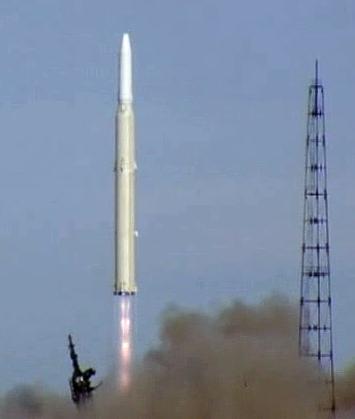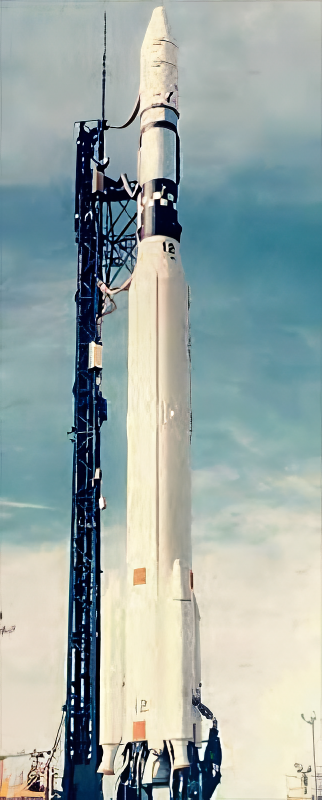Previous Spaceflight Launches
Filter by Agency, Locations or Vehicles
Show All LaunchesVoskhod | Zenit-4M 12
Soviet Space Program | RussiaBaikonur Cosmodrome, Republic of Kazakhstan
March 3, 1971, 9:30 a.m.
Soyuz 11A511L | T2K 2
Energia | RussiaBaikonur Cosmodrome, Republic of Kazakhstan
Feb. 26, 1971, 5:06 a.m.
Tsiklon-2 | I2P 6
Yuzhnoye Design Bureau | UkraineBaikonur Cosmodrome, Republic of Kazakhstan
Feb. 25, 1971, 11:11 a.m.
Voskhod | Zenit-4M 11
Soviet Space Program | RussiaPlesetsk Cosmodrome, Russian Federation
Feb. 18, 1971, 1:59 p.m.
Kosmos-3M | Tselina-O 8
Russian Space Forces | RussiaPlesetsk Cosmodrome, Russian Federation
Feb. 17, 1971, 9:09 p.m.
Thorad SLV-2H Agena D | KH-4B 13
McDonnell Douglas | United States of AmericaVandenberg SFB, CA, USA
Feb. 17, 1971, 8:04 p.m.
Thor Burner 2 | DSAP-5A F3
McDonnell Douglas | United States of AmericaVandenberg SFB, CA, USA
Feb. 17, 1971, 3:52 a.m.
Mu-4S | Tansei-1
Institute of Space and Astronautical Science | JapanUchinoura Space Center, Japan
Feb. 16, 1971, 4 a.m.
Kosmos-3M | DS-P1-M 3
Russian Space Forces | RussiaPlesetsk Cosmodrome, Russian Federation
Feb. 9, 1971, 6:48 p.m.
Apollo LM | Apollo 14
Northrop Grumman Space Systems | United States of AmericaFra Mauro Formation, Moon
Feb. 6, 1971, 6:48 p.m.







